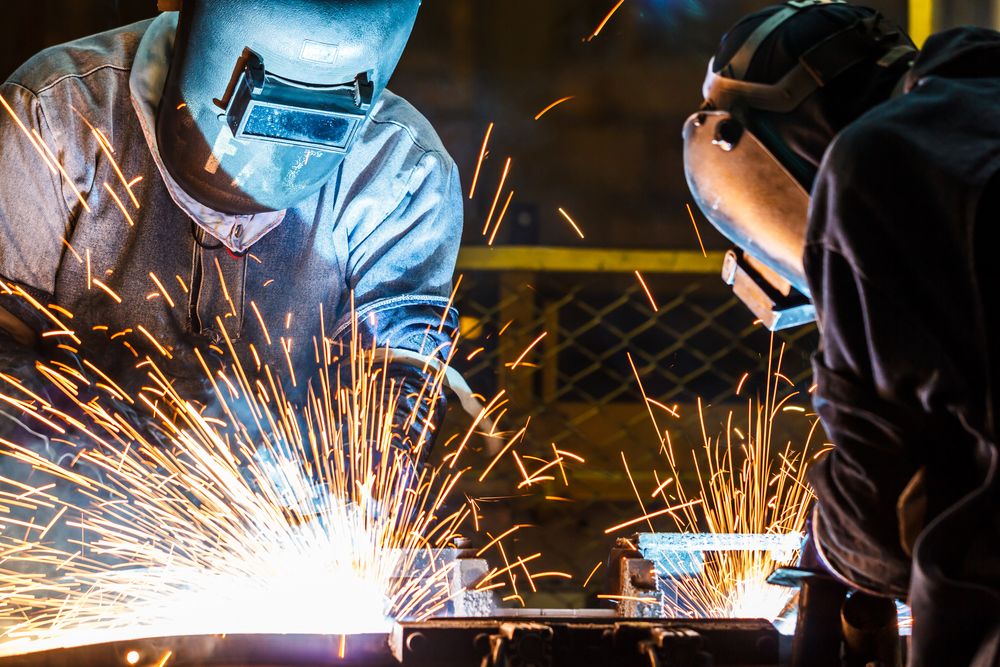


Grinding & Polishing are essential metalworking processes used to achieve desired surface finishes, dimensions, and aesthetic qualities in various metal components. These processes are crucial in industries where precision, smoothness, and surface quality are of utmost importance. Aviraj Precision Solutions specializes in providing customized grinding and polishing services to meet the specific needs of diverse industries.
Process Overview:
Types of Grinding:
Polishing Techniques:
Applications Across Industries:
Copyright © Aviraj Precision Solutions, All Right Reserved.
Designed By Collin IT Solution